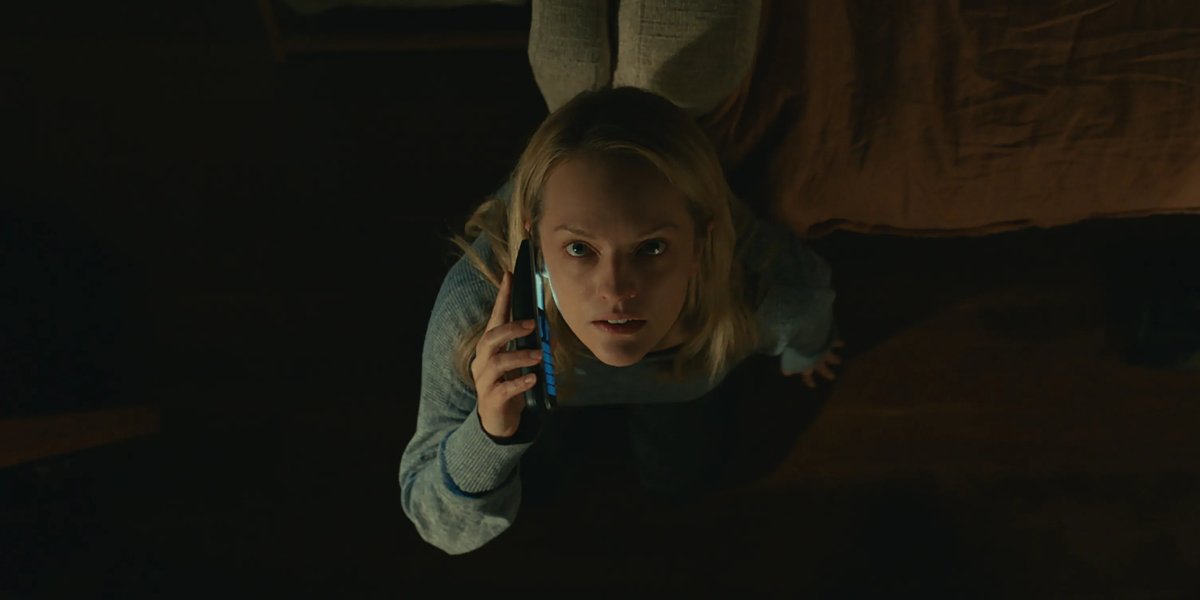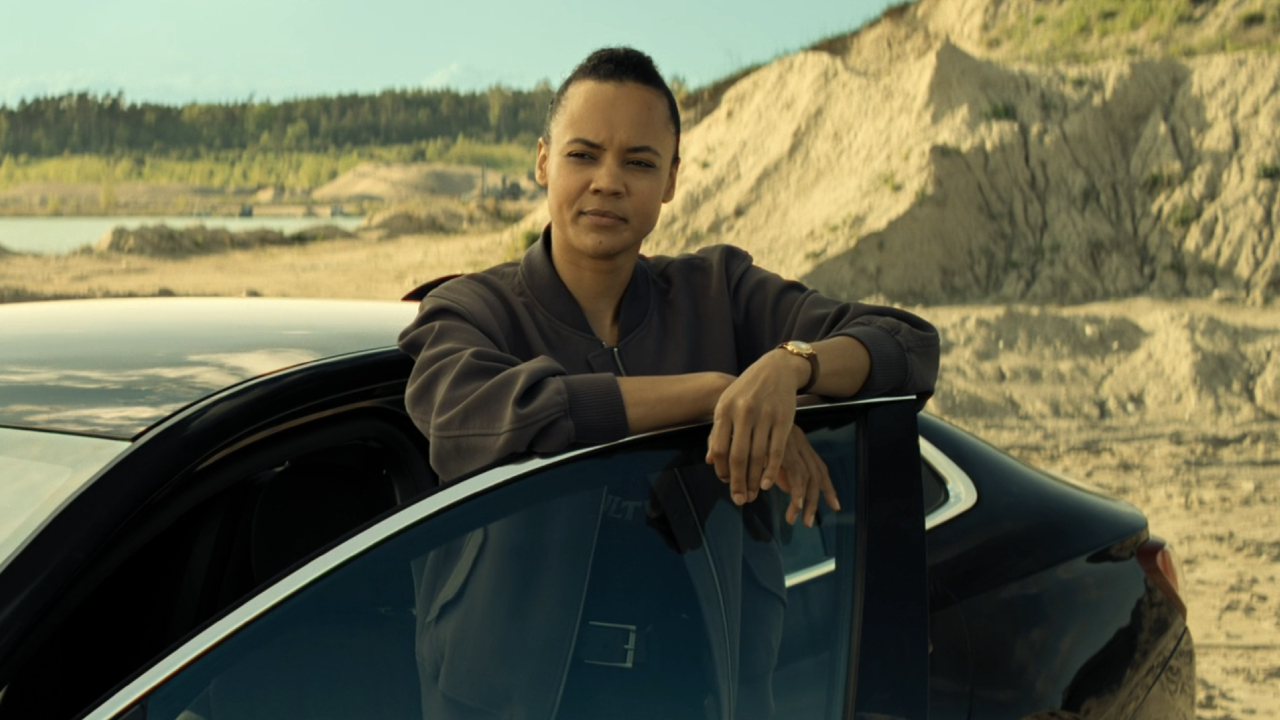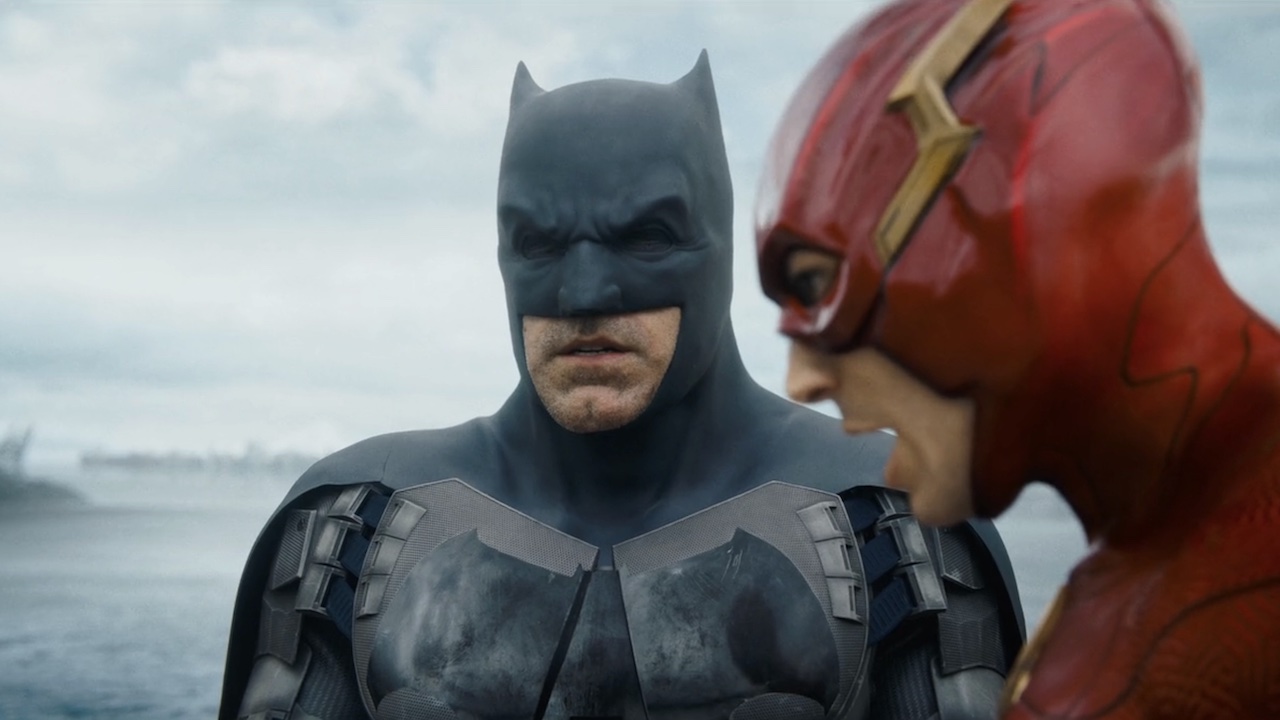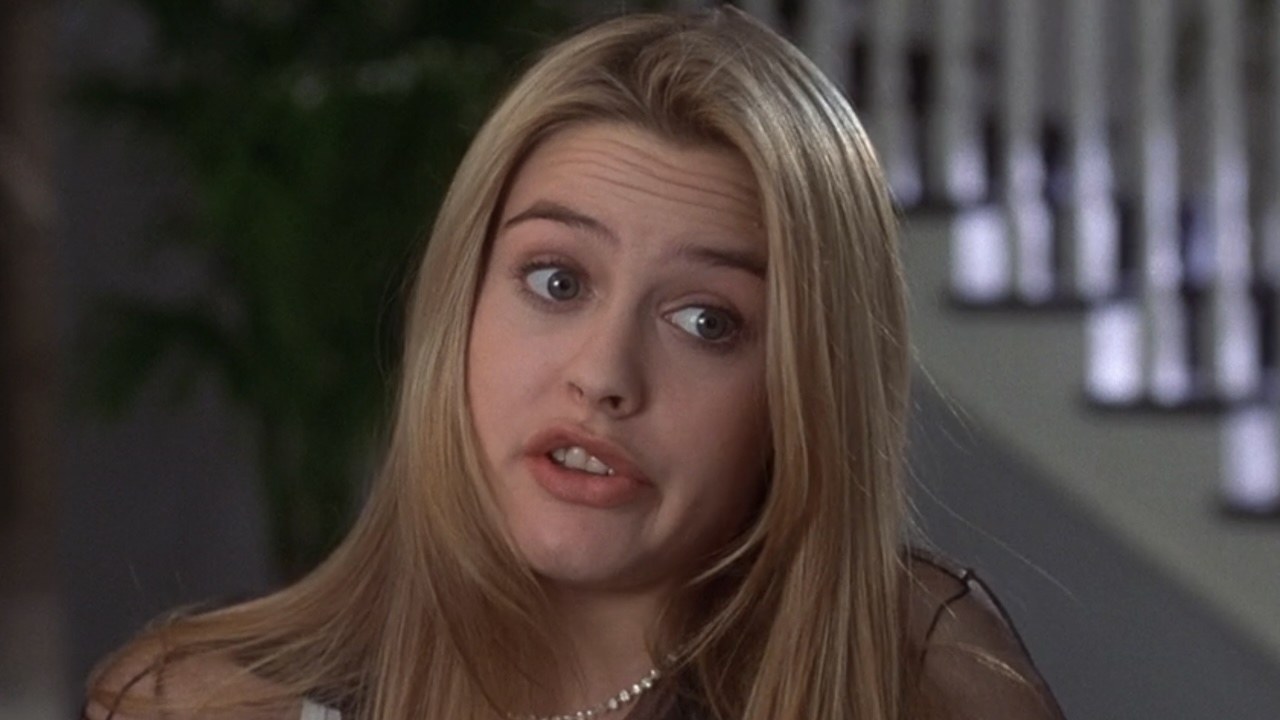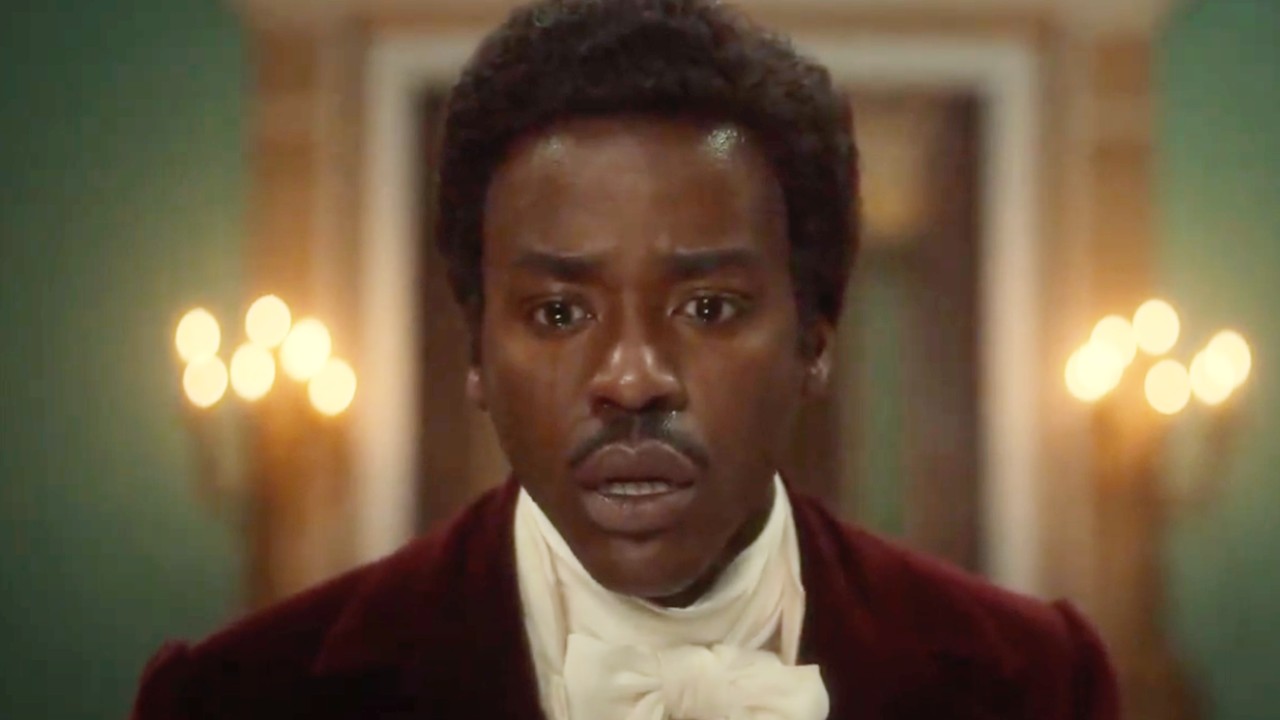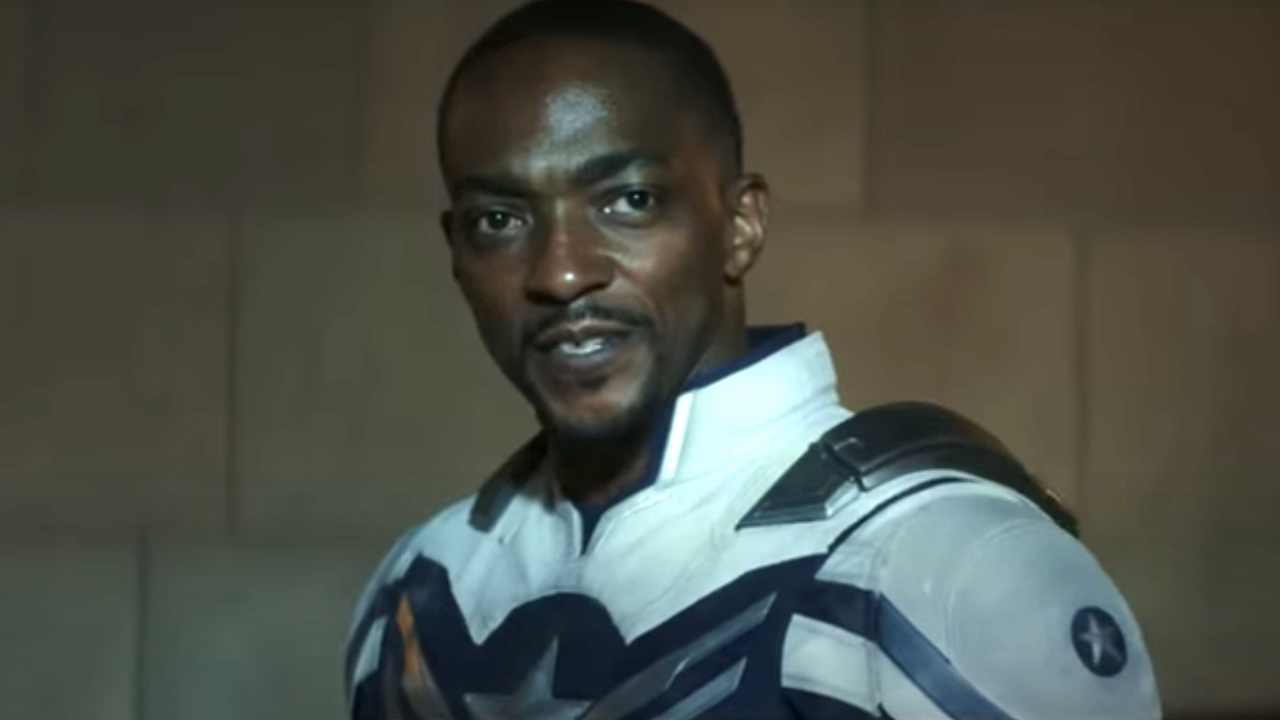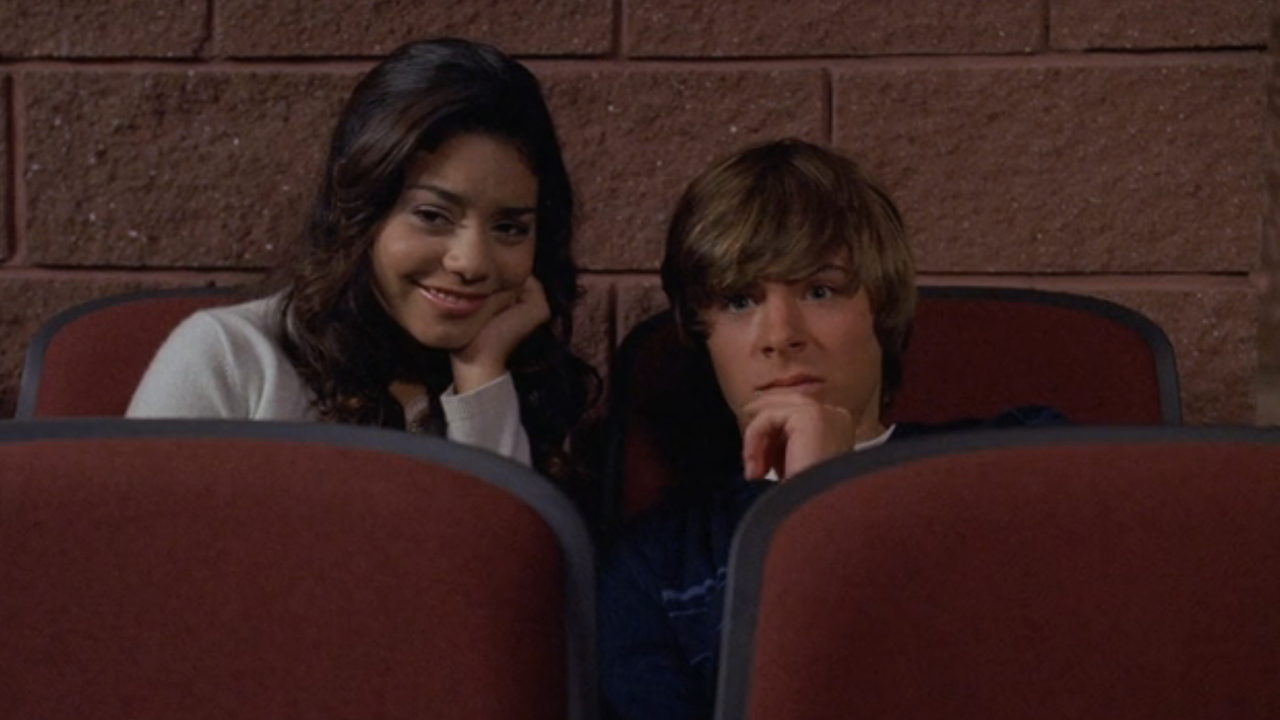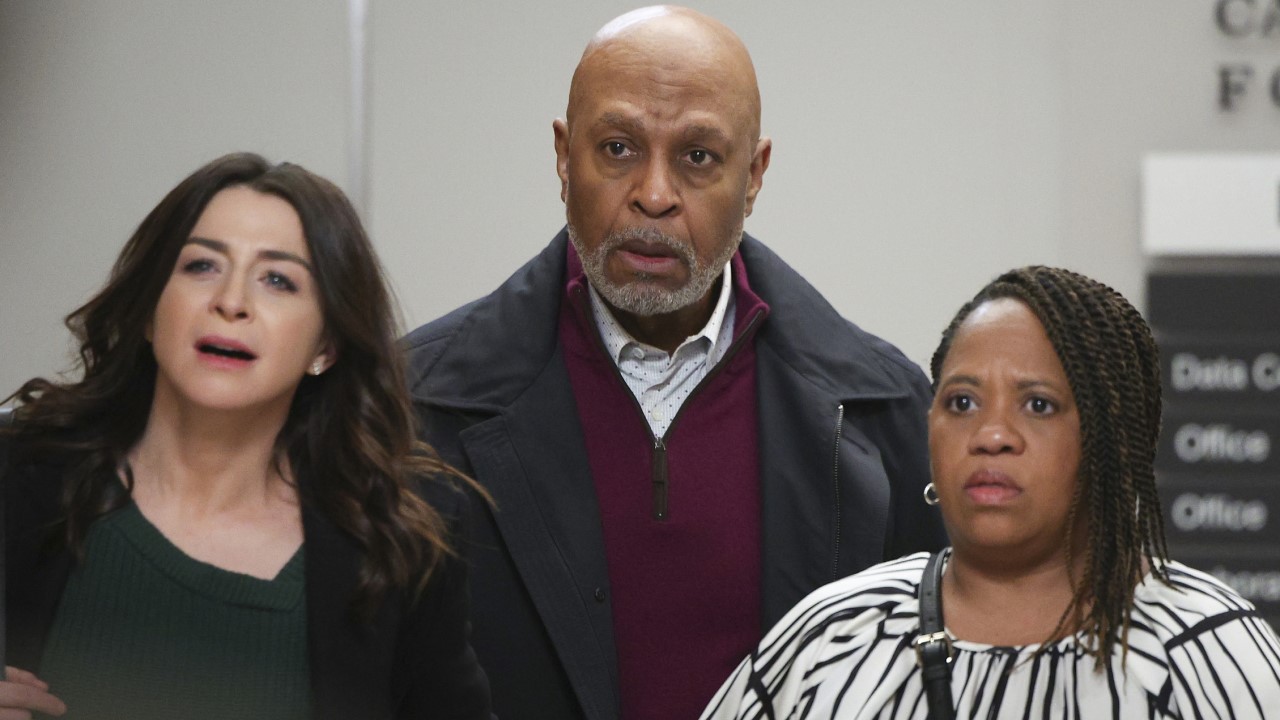Come Away Ending: What Happens And How The Finale May Have Explained Why
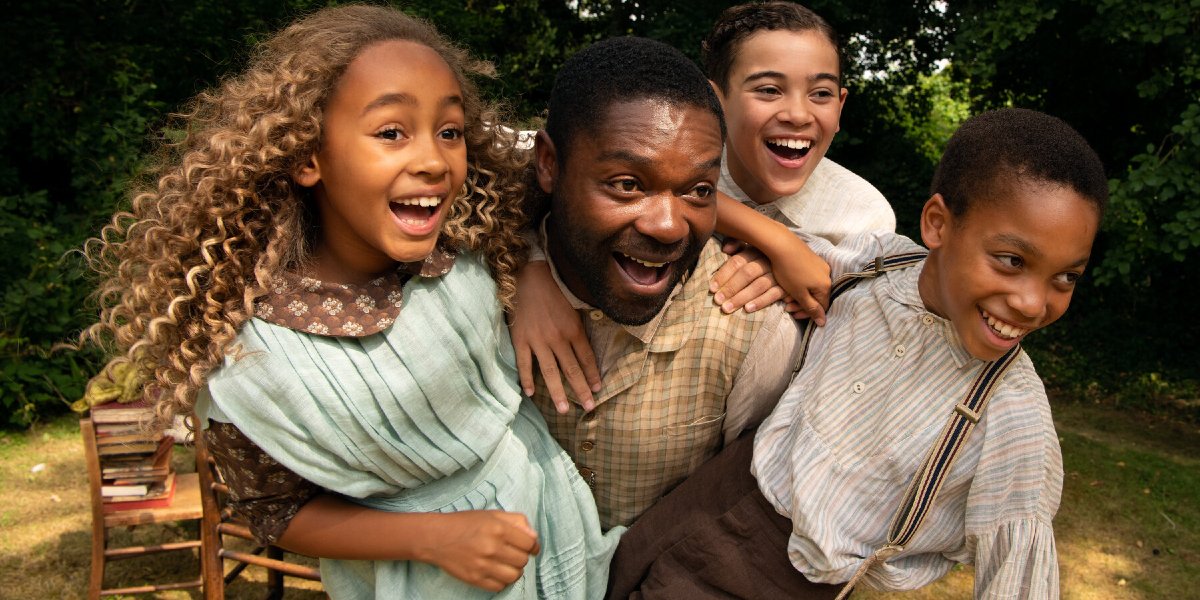
Warning: spoilers for Come Away are in play! If you haven’t seen the film yet, then face the second star to the right, head straight on until morning, and don’t come back until the White Rabbit sends for you.
Come Away is the epitome of the genre that is “fantasy drama.” A label that nails to a tee the sort of atmosphere director Brenda Chapman and writer Marissa Kate Goodhill attempted to infuse into their collaboration, the film’s mashup of the legacies of both Peter Pan and Alice in Wonderland tempers those elements with a serious story of loss and the processing of grief. But some viewers might be confused as to what Come Away’s ending is really saying to them, and how the final moments explain the events of the film as a whole.
Which is why, right this very moment, we’re about to discuss the events of the third act, and piece together the clues to what it all means. So if you haven’t seen the movie yet, this is your last chance to jump out, as we’re about to sort through the spoilers to get to the truth behind Come Away. The final warning has been issued, and with a ring of a tinker’s bell, we’re off on an adventure of the heart and the imagination.
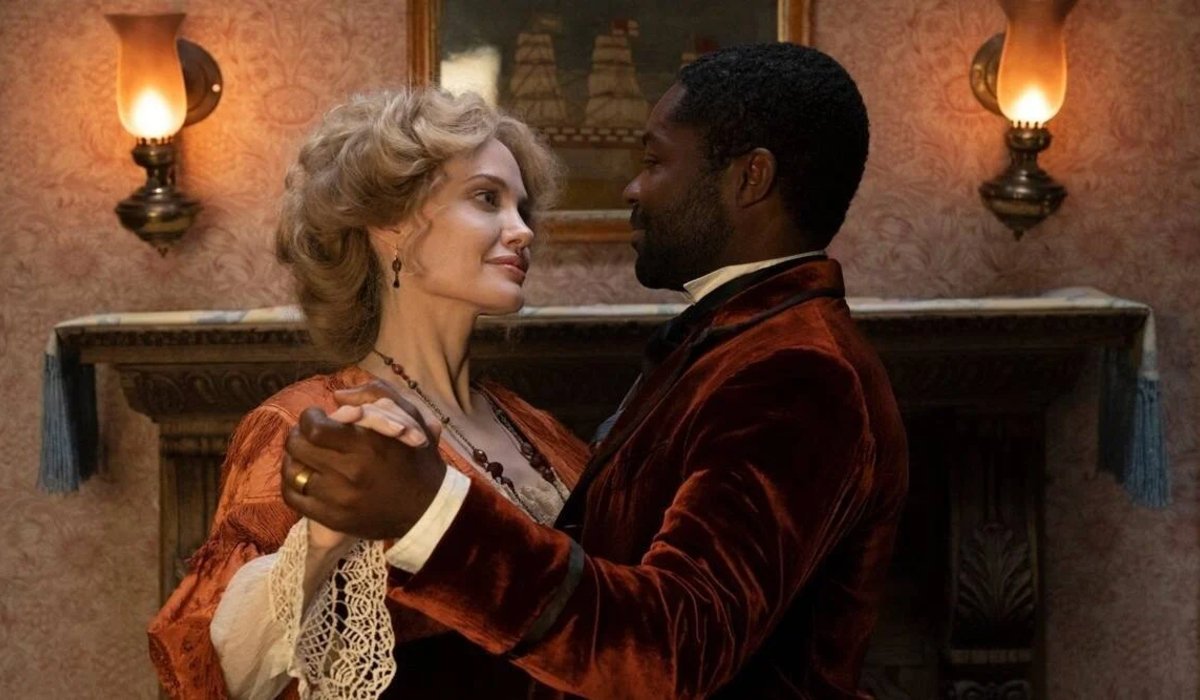
What Happens At The End Of Come Away
After the loss of their older brother David (Reece Yates) takes a heavy toll on their parents (David Oyelowo and Angelina Jolie), Peter (Jordan Nash) and Alice (Keira Chansa) react in very different ways. Peter sinks further into fantasy and dreams of being Peter Pan, while Alice takes kindly to the company of her aunt Eleanor (Anna Chancellor), who wants to raise her as a polite young woman of society. These differing viewpoints eventually come to a head towards the end of Come Away.
The pivotal moment in the film’s final act sees Alice about to leave with aunt Eleanor, whom she envisions at that very moment as the Red Queen from Alice in Wonderland. Meanwhile, Peter has hatched a plan to run away from home, seeking revenge against their vicious uncle, Captain James (David Gyasi.) An underworld figure who had their father’s hand broken and branded it as a payback for unsettled gambling debts, Peter has his sights set on besting his uncle, and avenging his craftsman father’s now ruined livelihood. The siblings never see each other again, but even in her adult years, Alice thinks fondly of her brothers, while tending to a family of her own.
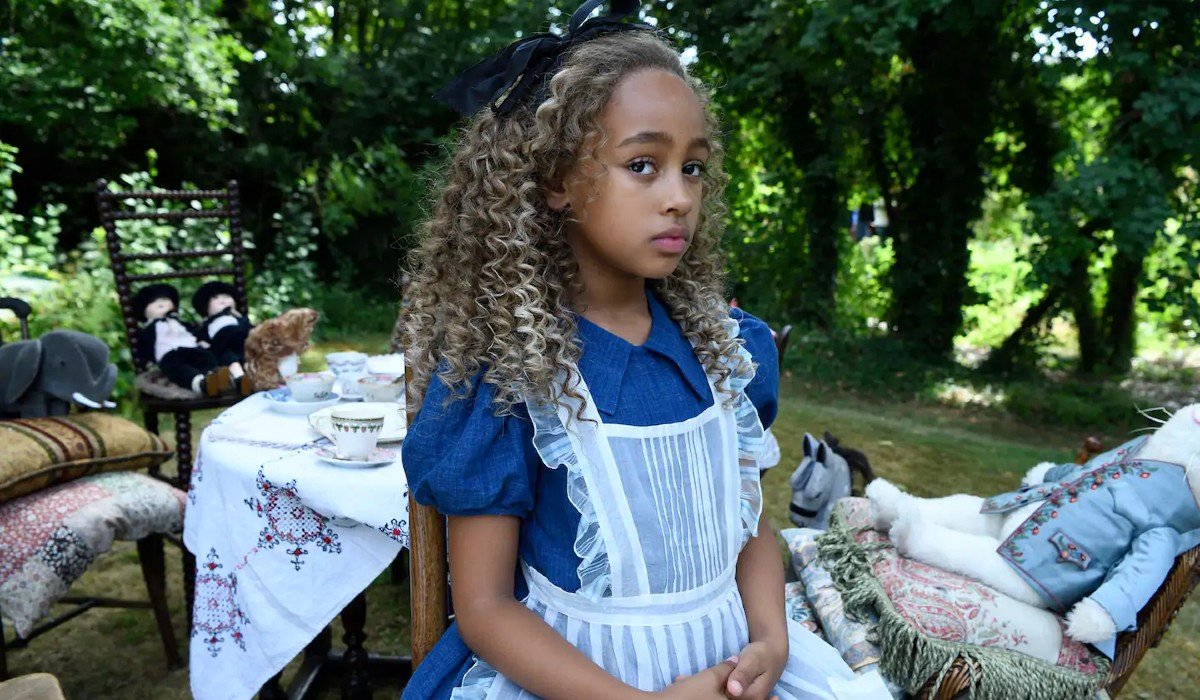
What Come Away’s Ending Shows Us Happened
The truth of Come Away’s events isn’t so easily packaged, as the film has its feet in two different worlds. Both fantasy and reality comingle throughout the film, and what we see take place unquestionably lines up with the moments of whimsical imagination we’ve seen the children of the Littleton family engaging in throughout. While Alice is the one telling the story, she and Peter engage in very different stories, as they split up on their paths of destiny.
With Peter, we see him runs off to become Pan, and with the assistance of Lost Boys, face off against Captain James; who eventually becomes the Captain Hook figure of Come Away. Peter defeats his uncle, chopping his hand off and making off with his riches. Meanwhile Alice goes on a visit to Wonderland, spurred by the disappearance of her White Rabbit stuffed animal. She follows the trail to the end, finding her mother as a representation of the White Queen. Finding her at the end of the maze, she asks Alice to “come home,” which we do see happen in the course of Come Away’s emotional ending. However, not all may be what it seems.
CINEMABLEND NEWSLETTER
Your Daily Blend of Entertainment News
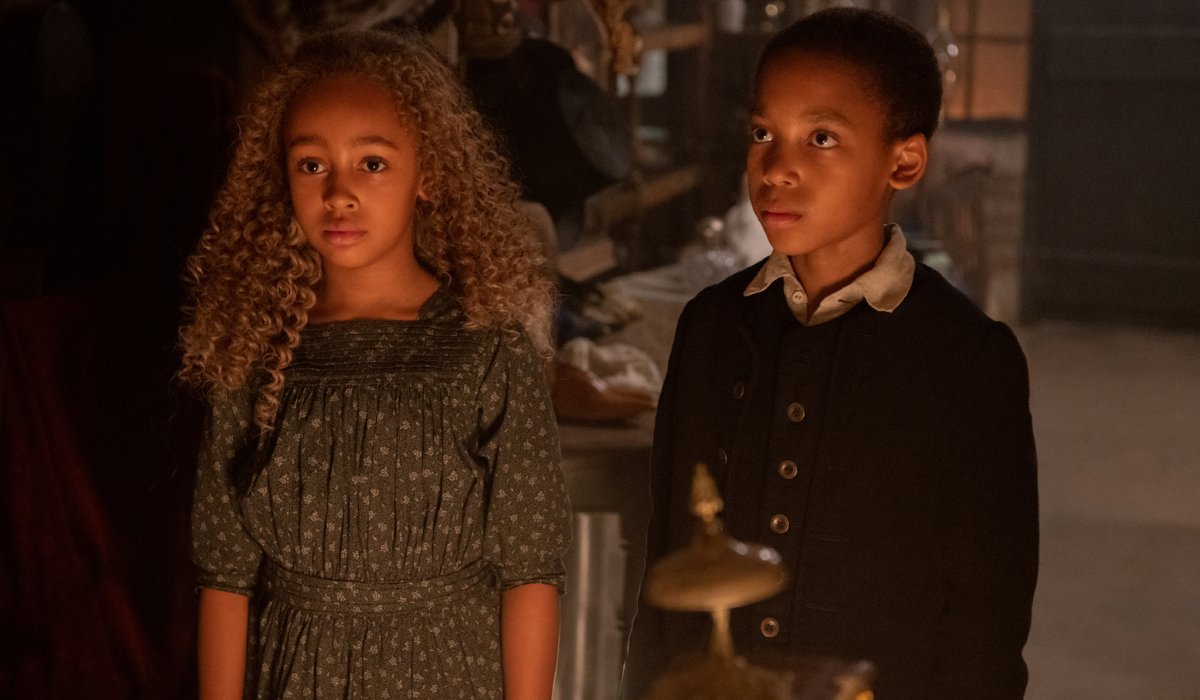
What Probably Happened At The Ending Of Come Away
The huge thing to keep in mind when discussing Come Away’s ending is the fact that the entire movie is told from the perspective of a grown up Alice (Gugu Mbatha-Raw.) As she and her siblings jumped easily between the worlds of fantasy and reality in their youth, we see the film switch tracks between those realms just as easily. That supporting fact makes decoding the ending all the easier, especially when looking at what was previously presented.
Peter does actually run away from the family, but instead of sailing away into Neverland, it’s to be assumed that he fell back in with the gang of street urchins that helped the surviving Littleton siblings in their first trip together to London. Meanwhile, whether Alice actually did go home to her mother, or move in with her aunt, she eventually grew up and became a standard adult. Though she does have a little bit of dream dust left in her, which helps spin this bedtime tale to her own children under her new name: Alice Darling.
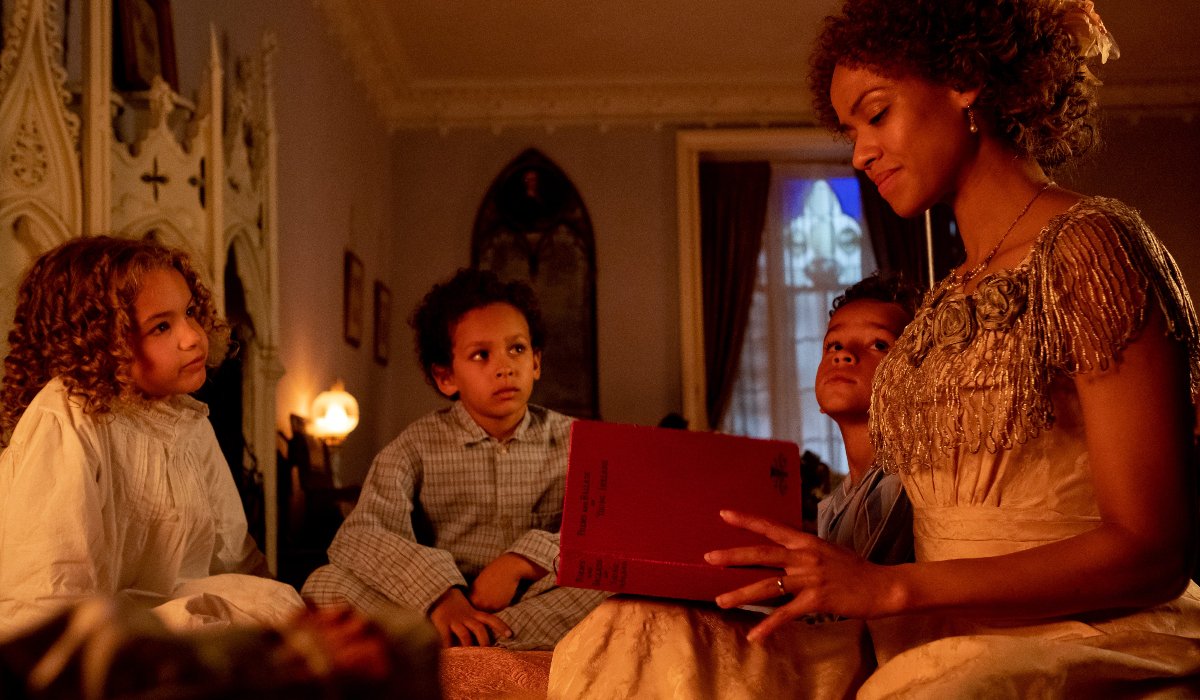
How Fantasy Separates Come Away’s Reality From Fiction
Throughout Come Play, we see the imaginations of David, Alice, and Peter triggered at certain points in their lives, mostly while at play. Sticks become weapons, an overturned boat becomes a pirate ship, and pocket watches start running backwards. Just as Alice decides to spurn her aunt Eleanor, in favor of that trip to Wonderland, things get brighter and more colorful, with Alice dressed like the storybook character she’s meant to represent. This signals the dramatic shift from the drab, subdued atmosphere that was present just a couple of scenes prior.
The imagery of the pocket watch is especially important, as Captain James’ pocket watch, which is another version of that same family heirloom Peter put into the pocket of Alice’s stuffed rabbit, also starts running funny. The battle that follows gradually turns into a battle out of Peter Pan, as Peter and his Lost Boys steal the Captain’s money, resulting in a fight that sees Peter cutting off James’ hand. So while we see all of this taking place before our very eyes, the presence of an unreliable narrator in Alice tinges reality with the childlike fantasy that’s been peeking out from every corner of Come Play.
Much like the ending to Terry Gilliam’s Brazil, or even Atonement, Alice Darling is using the stories of her childhood as Alice Littleton, as well as the W.B. Yeats poem The Stolen Child, to couch the trauma of the past in a fairy tale context. Storytime with her children allows her to reimagine a better fate for her family, through the stories of Peter Pan and Alice in Wonderland, right down to the twist of Peter bringing them money from time to time. We’re shown a pleasing reality, but because of the imaginative storytelling that’s interspersed throughout Come Away, we’re left to question the reality of a very fairy tale ending.
Whatever that true series of events may be, the point of the final moments of Come Away is that Alice, though she may have grown up, still has the ability to dream up a better ending. And it’s all thanks to her brothers and their memory, which is very much still alive in her heart. Judge for yourself, as you watch Come Away; which is available on PVOD and in theaters now.

Mike Reyes is the Senior Movie Contributor at CinemaBlend, though that title’s more of a guideline really. Passionate about entertainment since grade school, the movies have always held a special place in his life, which explains his current occupation. Mike graduated from Drew University with a Bachelor’s Degree in Political Science, but swore off of running for public office a long time ago. Mike's expertise ranges from James Bond to everything Alita, making for a brilliantly eclectic resume. He fights for the user.
